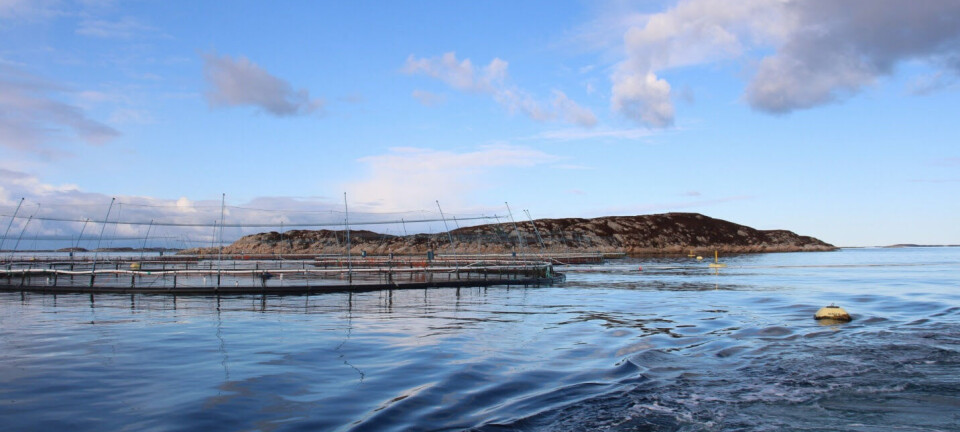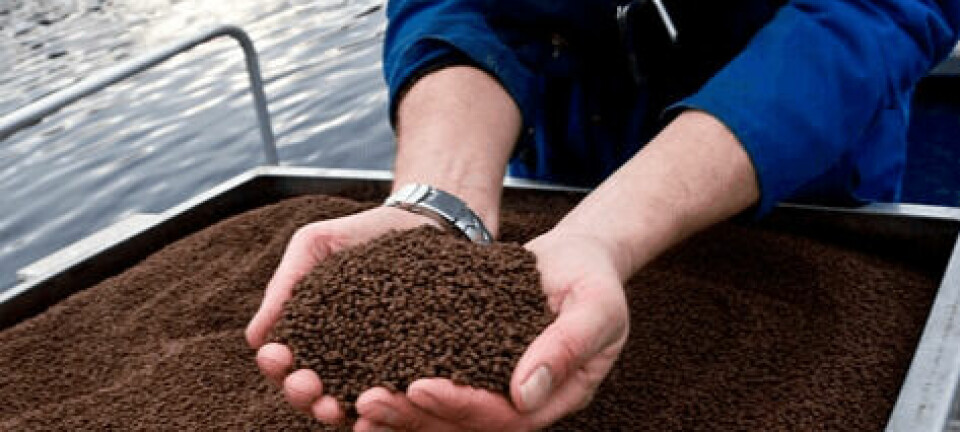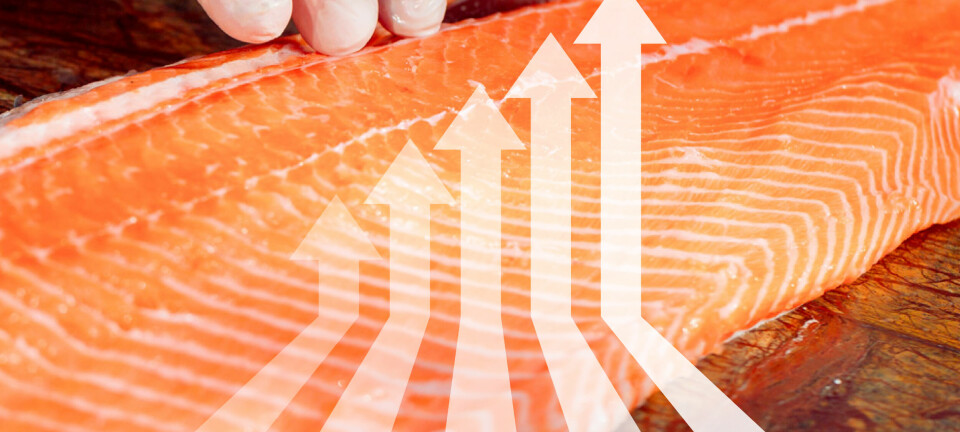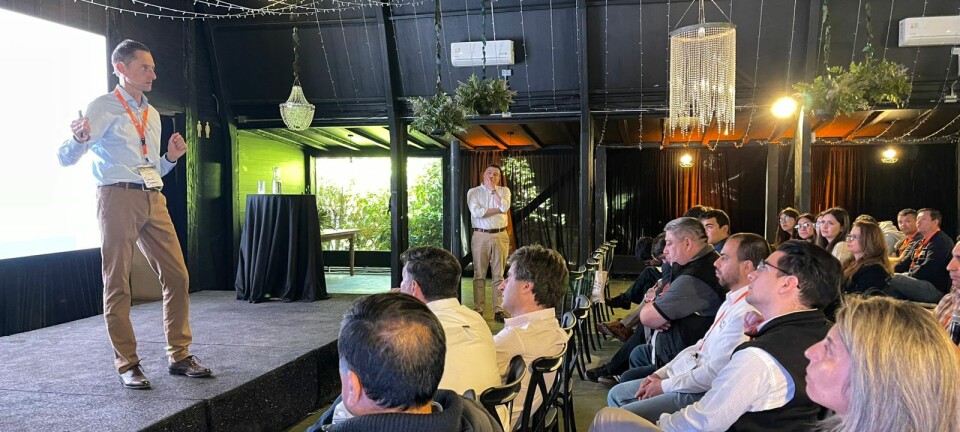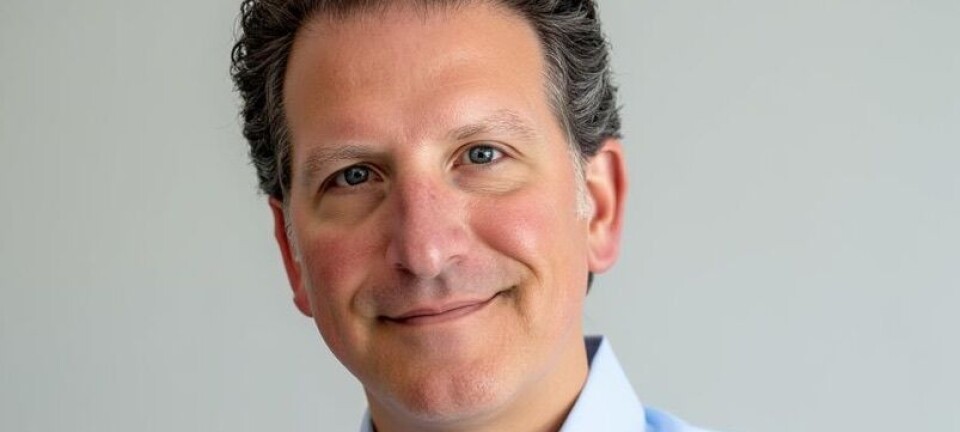Russian salmon invading Canada
Sockeye salmon from Russia is being imported to B.C. and showing up in Metro Vancouver fish markets as an alternative to its once-bountiful B.C. cousin, reports the Vancouver Sun. As reported earlier by FishfarmingXpert, the newspaper article states that the West Coast fishing fleet is facing sweeping closures in the face of what could be the worst salmon return in 50 years. But on the other side of the Pacific, the Russian far east is expecting a record run. And Russian sockeye is right up there with B.C. salmon in terms of quality, say those who have tried it. "It's very good quality, so we are bringing some of it over," said George Heras, president of Seven Seas Seafood, one of several fish distributors that have discovered the Russian connection.
With little prospect of getting B.C. salmon this year, Heras said he is relying on Russia and Alaska to supply his customers. "When there was an abundance of sockeye here, it just didn't make any sense to bring it in from Alaska or Russia because we had all we needed in our own back yard," he said. "We prefer the local stuff, but if there is none of it around, we have to do something to get fish, right? Russian sockeye is a good alternative right now." Russian salmon first appeared in B.C. two years ago when importer Westcoast Seafood Direct tested the market with a single 20-tonne container of prime Kamchatka Peninsula sockeye. "We knew when we brought the salmon in that the next few years were going to be lean in the Fraser and if we could just get some people to test it and to try it, they would be impressed with it," said Westcoast owner Nigel Cutler. Heras said the Russian salmon has the high oil content typical of B.C. sockeye. "It's higher than Alaskan sockeye but not quite at the same level as the best B.C. sockeye."
This year, between 20 and 50 containers - 400 to 1,000 tonnes - of Russian sockeye could be imported into Vancouver. By comparison, B.C. harvested 1,750 tonnes of sockeye in 2007. Russia harvests about 15,000 tonnes of sockeye a year and expects this year's harvest to be a record-breaker. For Debbie Dobrilla, owner of Ladner's Superior Fishmarket, the diminished presence of B.C.'s iconic species in her salmon display case is a tough blow. The Ladner native's family has fished the Fraser for five generations. "I've been in the business for 30 years and this is the first time we have not focused on B.C. salmon," Dobrilla said. "The salmon industry here has been taken away from us. Dad sold his boat, my brother moved to Mexico and everybody is out of it now - except for one nephew - because they can't make a living out of it." When her distributor approached her about Russian sockeye, she was shocked it had come to this in B.C. She knew nothing about Russian salmon. But once she tasted the fish, the decision to sell it was easy. "We don't sell farmed fish, we only sell wild. And this salmon from Russia is wild. "It's awesome fish. It tastes just like ours. It's the same fish," she said.
British Columbians may view themselves as the original salmon people, but in fact, Canada's salmon bounty pales next to nations like Russia, which harvests almost 10 times as much salmon as B.C. "The U.S., with Alaska, is the largest, and the second largest, depending on the year, is either Russia or Japan. Canada is the smallest one," said Vladimir Federenko, executive director of the North Pacific Anadromous Fish Commission. The Kamchatka Peninsula, a rugged wilderness in the Russian far east, has been described as the last salmon stronghold on earth. All six salmon species spawn there, appearing in the millions each year. Department of fisheries and oceans senior scientist Dick Beamish, who has studied Kamchatka salmon, said the two main sources of sockeye are Kamchatka River and volcanic Kuril Lake, the most productive sockeye lake in the world. "The lake is jammed full of sockeye in August. It's remarkable. All kinds of big brown bears are fishing there. Those fish, as I understand it, are particularly rich in oil."
The sockeye are harvested in traps or nets set at the mouths of Russian rivers, hauled ashore, machine-processed and flash-frozen within six hours, Heras said. The frozen salmon travel more than 5,000 kilometres by container ship and pass through customs and the Canadian Food Inspection Agency before reaching the market. Salmon from last year's Kuril run, flash-frozen within hours of being caught, are for sale now in fish markets. Containers loaded with this year's run will arrive in August. Fisheries economist Edwin Blewett said he was unaware of the appearance of Russian salmon in the B.C. market, but said he expects Alaskan sockeye to be the main fish to replace B.C. salmon this year. Blewett said the combination of climate change and changing ocean conditions coupled with a low year in the cycle for B.C. salmon is behind this year's poor returns.
The Vancouver Sun article did not mention the over 70,000 tonnes of locally produced, farm fresh salmon going through Vancouver on their way to other domestic and foreign markets each year.




















